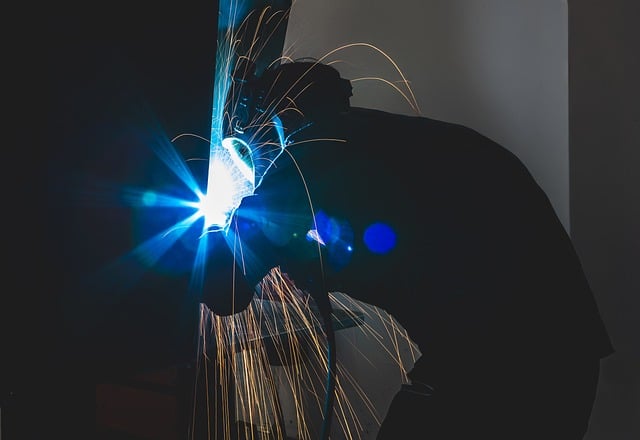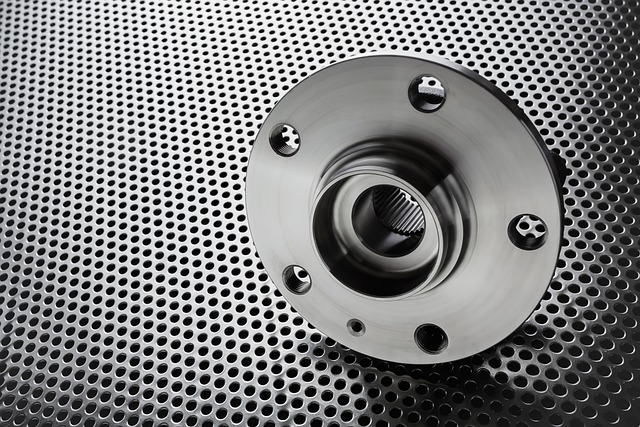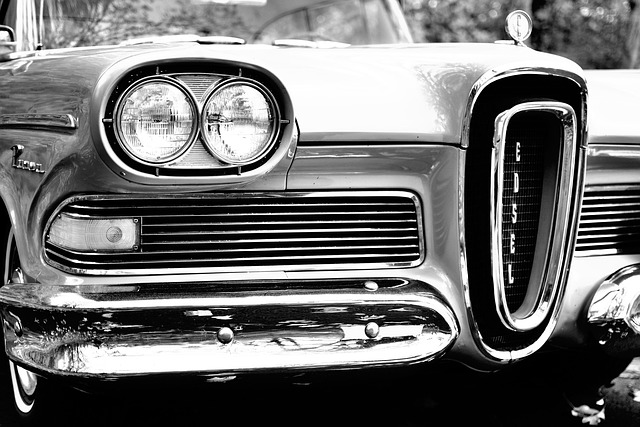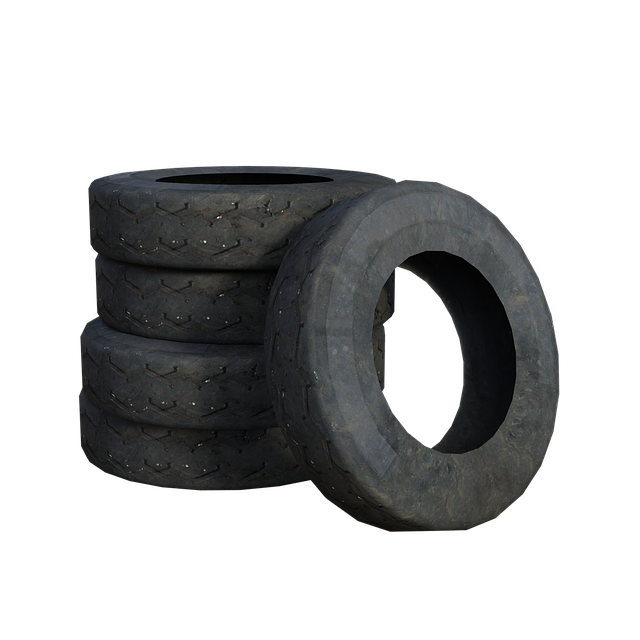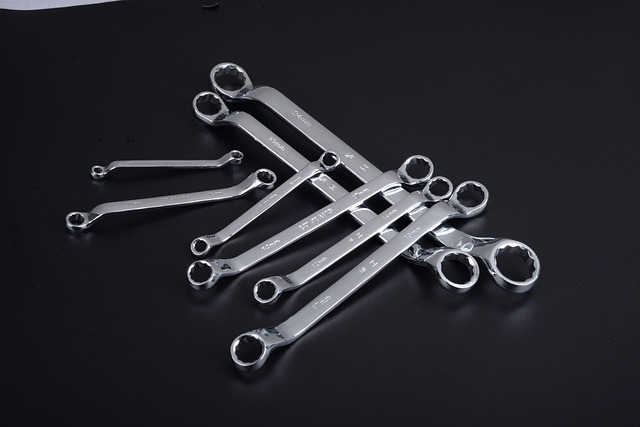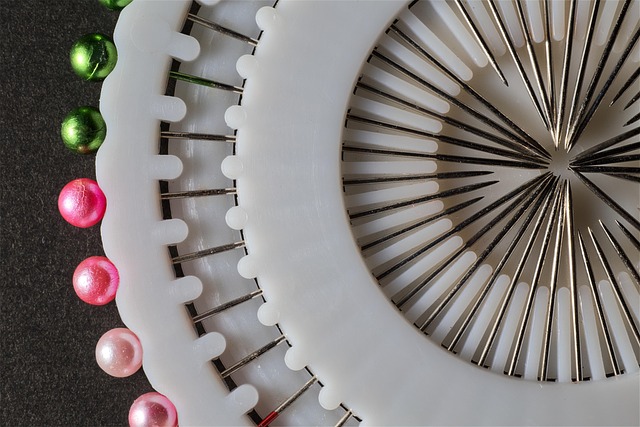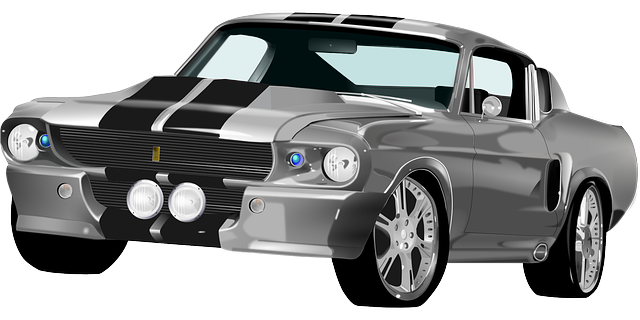The unibody frame, a key design element in modern electric vehicles (EVs), requires specialized collision repair centers with advanced tools and trained technicians for effective repairs. EV unibody frame repair poses unique challenges due to intricate designs, lightweight materials like aluminum and composites, demanding precise alignment and structural integrity without compromising performance or safety. The evolving industry incorporates digital technologies like 3D scanning and CAD software, eco-friendly processes, and robotic welding systems to enhance repair quality while aligning with EV sustainability goals.
In the rapidly evolving electric vehicle (EV) landscape, understanding and mastering unibody frame repair is paramount. This article delves into the intricate world of unibody frame structure within EVs, highlighting unique challenges and considerations compared to traditional internal combustion engine vehicles. We explore best practices and future trends in EV unibody frame repairs, providing insights for professionals aiming to stay ahead in this growing industry. Key topics include advanced materials, specialized techniques, and the digital transformation enhancing repair accuracy and efficiency.
- Understanding Unibody Frame Structure in Electric Vehicles
- Challenges and Considerations for Unbody Frame Repair
- Best Practices and Future Trends in EV Unibody Frame Repairs
Understanding Unibody Frame Structure in Electric Vehicles
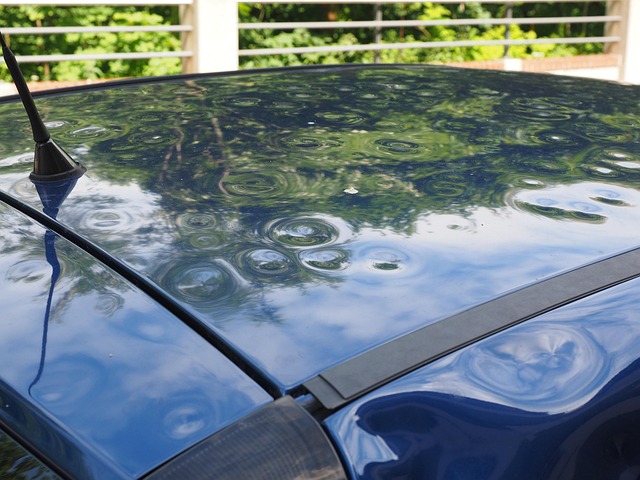
The unibody frame is a cornerstone of modern electric vehicles (EVs), integrating structural components that serve both as the vehicle’s backbone and its external shell. Unlike traditional internal combustion engine vehicles, EVs often feature a more compact design, where the frame, body panels, and chassis are seamlessly fused together into a single, lightweight unit known as an unibody. This innovative structure not only contributes to the EV’s sleek aesthetics but also enhances its overall rigidity and safety.
Understanding the intricacies of unibody frame repair is crucial for ensuring the optimal performance and longevity of EVs. When damage occurs—whether from accidents or routine wear and tear—a specialized collision repair center equipped with advanced tools and trained technicians is essential. These professionals must possess the expertise to meticulously assess, disassemble, and rebuild the intricate unibody framework while adhering to strict quality standards. By leveraging cutting-edge car repair services, EV owners can restore their vehicles’ structural integrity, ensuring safe and efficient operation for years to come.
Challenges and Considerations for Unbody Frame Repair
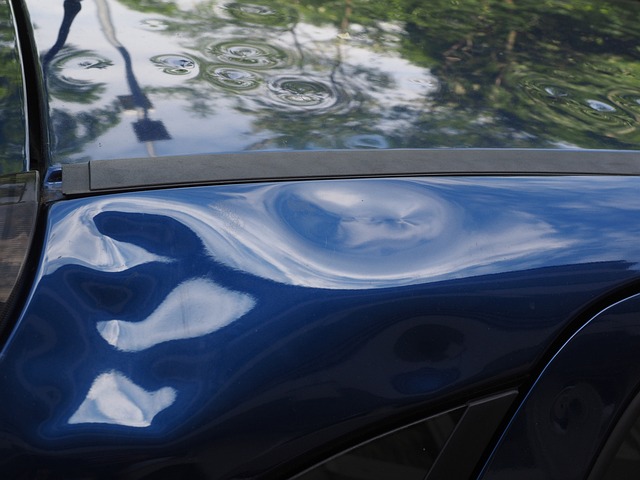
Unibody frame repair for electric vehicles presents unique challenges compared to traditional internal combustion engine cars. One of the primary considerations is the intricate design and material composition of unibody structures, which often incorporate lightweight materials like aluminum and advanced composites to enhance efficiency. Damage to these components requires specialized knowledge and equipment to ensure precise alignment and structural integrity without compromising the vehicle’s overall performance and safety.
Additionally, electric vehicles (EVs) have specific repair requirements due to their complex electrical systems and battery packs. Repairing a damaged unibody in an EV necessitates careful deconstruction and reassembly while minimizing disruption to power trains, wiring harnesses, and sensitive electronic components. This requires highly skilled technicians equipped with advanced diagnostics tools and training on the latest EV repair techniques, including tire services, car bodywork, and car collision repair methodologies tailored for these innovative vehicles.
Best Practices and Future Trends in EV Unibody Frame Repairs
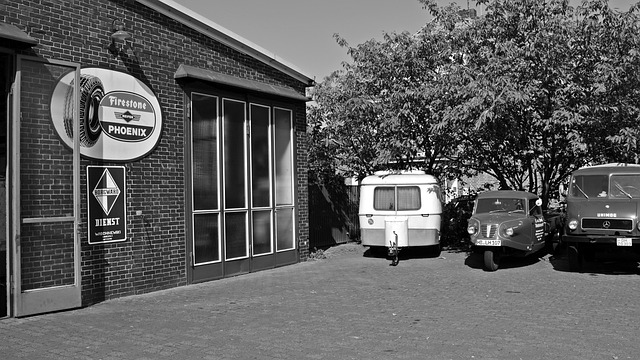
The future of unibody frame repairs for electric vehicles (EVs) is shaped by best practices that prioritize precision and sustainability. As EV technology continues to evolve, so do repair methods, with a growing emphasis on specialized training and advanced tools tailored to the unique structure and materials used in EVs. Auto body shops and auto collision repair centers are increasingly adopting digital technologies such as 3D scanning and computer-aided design (CAD) software to ensure accurate measurements and precise repairs, minimizing material waste and maximizing structural integrity.
Looking ahead, industry trends suggest a shift towards more efficient and eco-friendly unibody frame repair processes. This includes the integration of advanced composite materials that offer superior strength-to-weight ratios, reducing the overall environmental impact. Additionally, the adoption of robotic welding systems in auto collision repair facilities enhances consistency, speed, and safety during complex repairs. These innovations not only ensure top-quality repairs but also contribute to the overall sustainability goals of the EV industry, positioning auto body shops as integral contributors to a greener future.
The evolution of electric vehicles (EVs) has brought about unique challenges in unibody frame repair, emphasizing the need for specialized knowledge and advanced techniques. As EV technology continues to advance, so do the requirements for efficient and sustainable unbody frame repairs. By adopting best practices and staying abreast of future trends, repair professionals can ensure the structural integrity and longevity of these vehicles, contributing to a greener transportation landscape. Effective unibody frame repair is not just about fixing damage; it’s about preserving the vehicle’s performance, safety, and overall sustainability for years to come.

